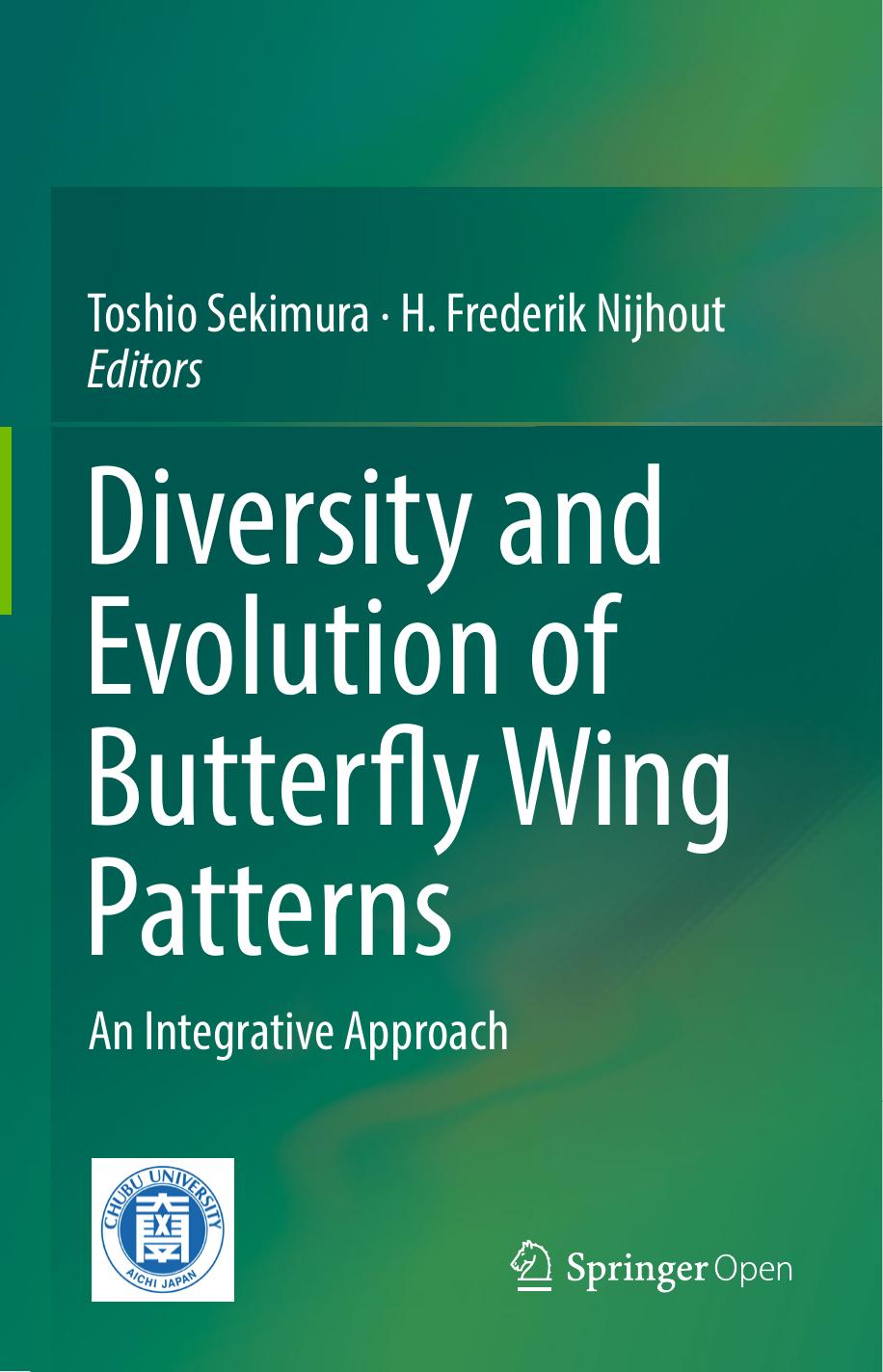Diversity and Evolution of Butterfly Wing Patterns by Toshio Sekimura & H. Frederik Nijhout

Author:Toshio Sekimura & H. Frederik Nijhout
Language: eng
Format: epub, pdf
Publisher: Springer Singapore, Singapore
8.4 Embryo Injection
When adapting CRISPR/Cas-9 genome editing to a new species, the greatest technical challenges we face typically lie in optimizing the injection protocol. The main reason for this is that the eggs of different species can be quite different in terms of how difficult they are to puncture with a glass needle and how they react to mechanical injection, especially in terms of internal pressure and postinjection backflow.
Injection Needles
Proper needle shape is critical for achieving successful egg injections in Lepidoptera. In our experience some taxa like Heliconius spp. have very soft, easy-to-inject eggs that present very few problems and are relatively robust to variation in needle shape. Many lepidopterans, however, have difficult-to-puncture eggs with high internal pressure. The key challenge for these eggs is to use needles that are strong enough to penetrate tough eggshells but are not so wide as to weaken pressure balance or destroy embryos. For instance, needles that are too long and narrow can break easily when used on tough eggs and will clog at a high frequency. Conversely, needles that have a very wide diameter will tend to have problems with pressure loss and backflow. We recommend the needle shape shown in Fig. 8.3a which is characterized by a short rapid taper to a fine point. We have found that this shape provides enough strength to puncture fairly tough eggs, yet is relatively resistant to clogging and pressurization problems. Our initial attempts at pulling needles like this with a traditional gravity needle puller failed. We now pull our needles using a velocity-sensitive Sutter P-97 programmable needle puller, which works very well for crafting nuanced needle shapes. We currently prefer to use Sutter Instrument 0.5 mm fire-polished glass capillary needles (Sutter BF-100-50-10) and 3 mm square box heating filaments (Sutter FB330B). Although settings will vary by instrument and filament, we use a single-cycle program on our puller with parameters HEAT 537, PULL strength 77, VELOCITY (trip point) 16, and TIME mode (cooling) 60. Among these parameters, the HEAT value has to be adjusted relative to the RAMP value, which is specific to certain instruments – different pullers can produce slightly different needle shapes even with the same parameter setting. We provide our settings as a starting point for other users to work toward optimizing production of needles with a steep taper and a large orifice as shown in Fig. 8.3a.
Fig. 8.3Needle shape and egg arrangement for butterfly embryo injections. (a) The injection needle shape we prefer has a steep taper and a relatively large orifice. Here a preferred needle is shown next to a Heliconius egg. (b) An example of arranging Heliconius eggs on double-sided tape on a microscope slide just before injection
Download
Diversity and Evolution of Butterfly Wing Patterns by Toshio Sekimura & H. Frederik Nijhout.pdf
This site does not store any files on its server. We only index and link to content provided by other sites. Please contact the content providers to delete copyright contents if any and email us, we'll remove relevant links or contents immediately.
Sapiens: A Brief History of Humankind by Yuval Noah Harari(14210)
Sapiens by Yuval Noah Harari(5281)
Pale Blue Dot by Carl Sagan(4886)
Homo Deus: A Brief History of Tomorrow by Yuval Noah Harari(4801)
Livewired by David Eagleman(3663)
Origin Story: A Big History of Everything by David Christian(3631)
Brief Answers to the Big Questions by Stephen Hawking(3356)
Inferior by Angela Saini(3260)
Origin Story by David Christian(3132)
Signature in the Cell: DNA and the Evidence for Intelligent Design by Stephen C. Meyer(3055)
The Gene: An Intimate History by Siddhartha Mukherjee(3029)
The Evolution of Beauty by Richard O. Prum(2925)
Aliens by Jim Al-Khalili(2776)
How The Mind Works by Steven Pinker(2714)
A Short History of Nearly Everything by Bryson Bill(2616)
Sex at Dawn: The Prehistoric Origins of Modern Sexuality by Ryan Christopher(2472)
From Bacteria to Bach and Back by Daniel C. Dennett(2432)
Endless Forms Most Beautiful by Sean B. Carroll(2413)
Who We Are and How We Got Here by David Reich(2385)
